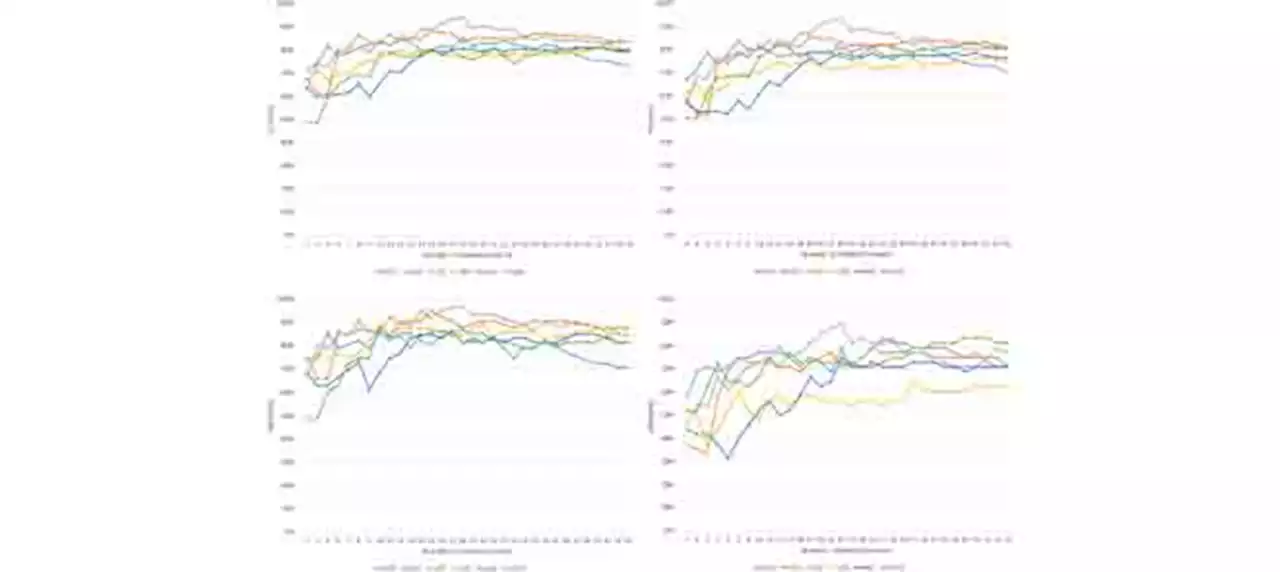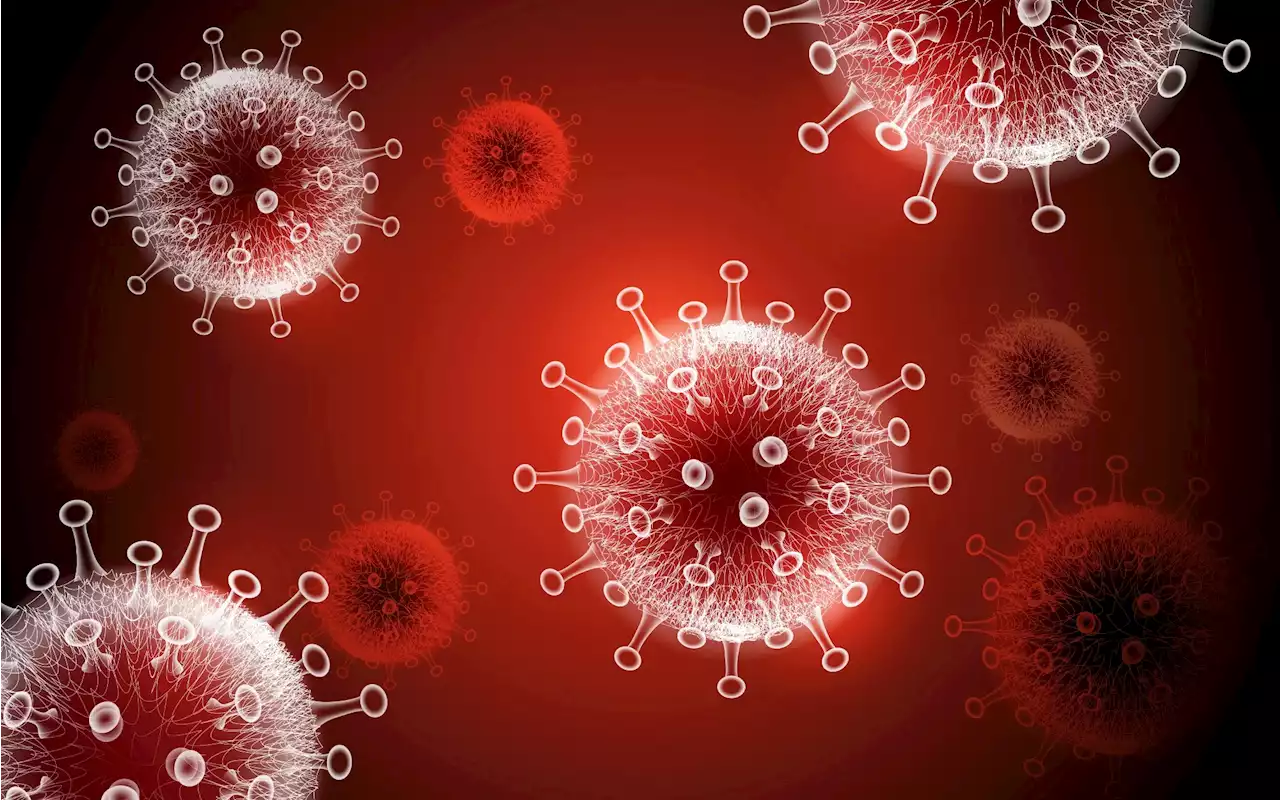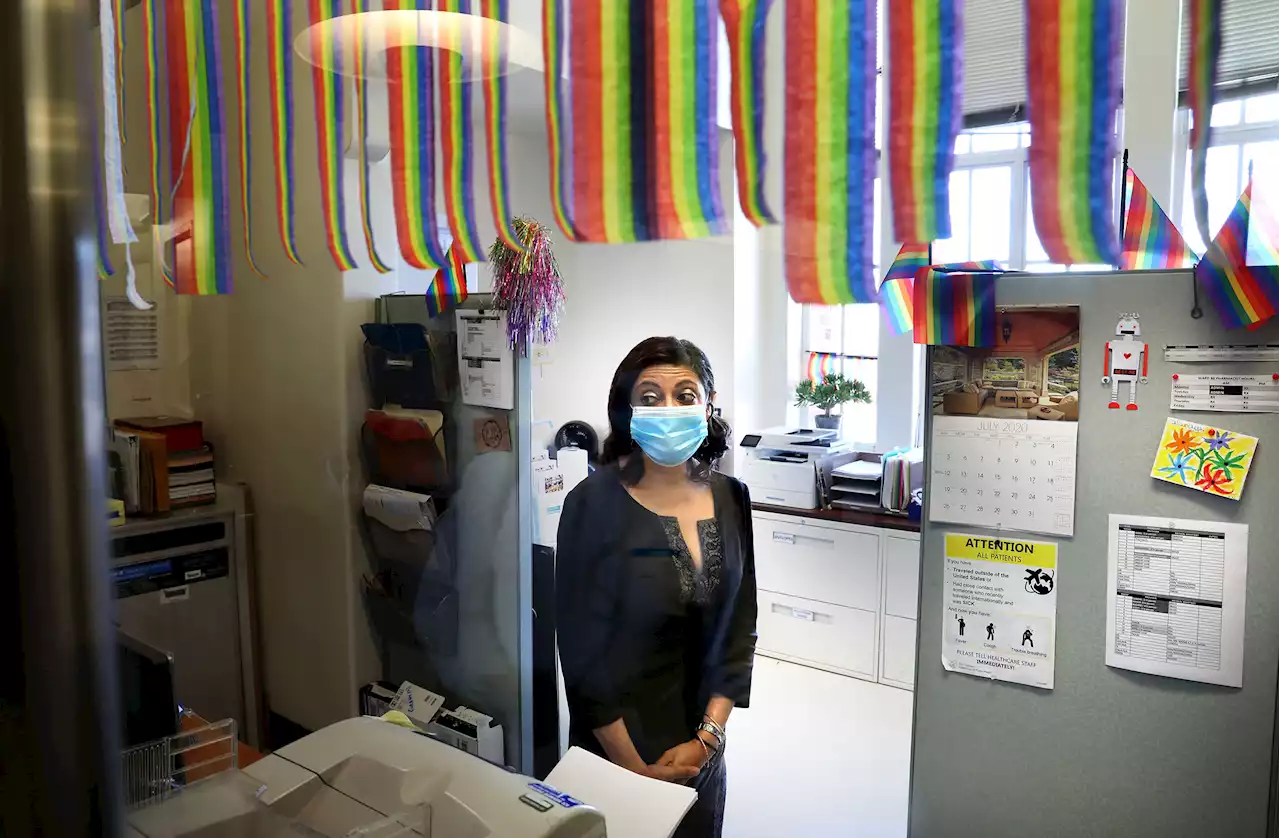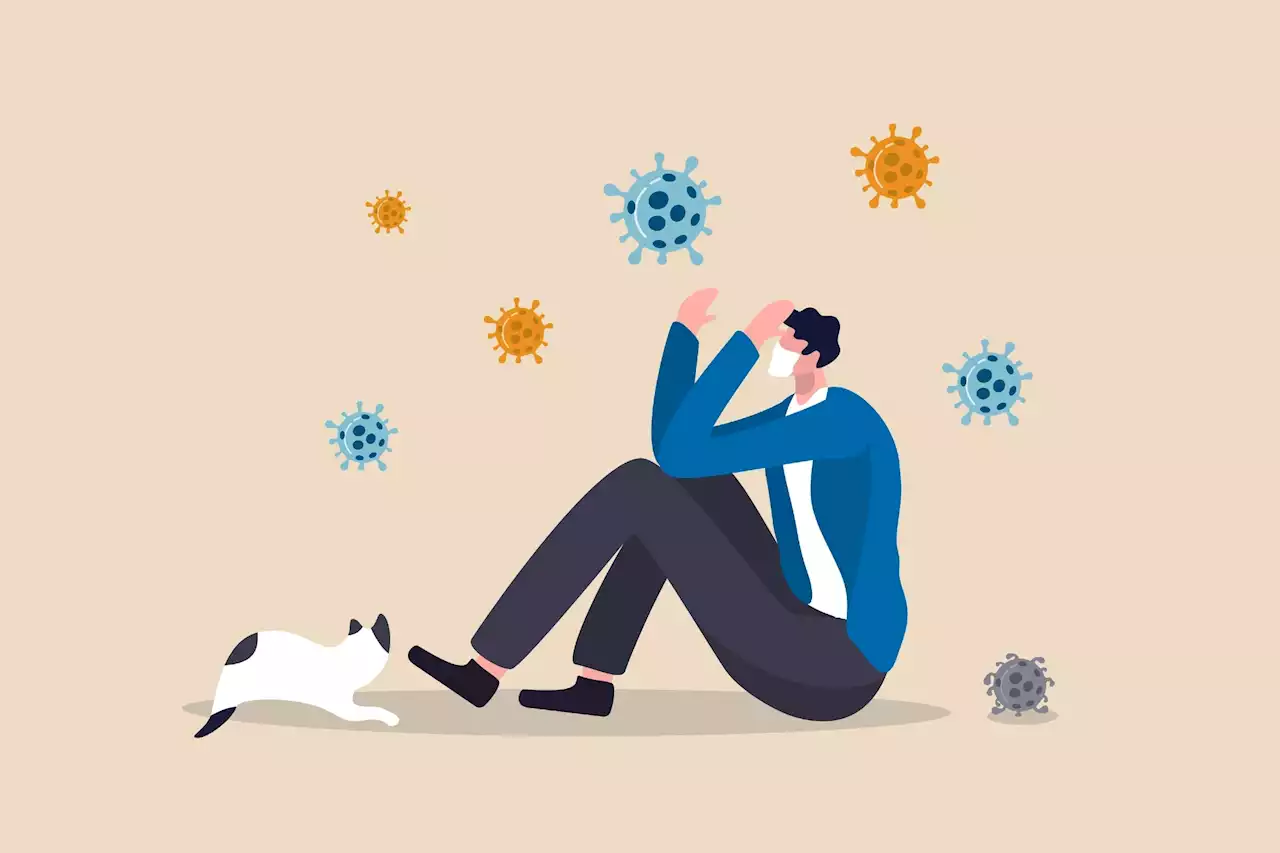Exploring the post-acute sequelae of COVID-19 in rehabilitated patients PennMedicine COVID19 SARSCoV2 Coronavirus LongCOVID Rehabilitation
By Bhavana KunkalikarOct 6 2022Reviewed by Aimee Molineux In a recent study published in the Archives of Physical Medicine and Rehabilitation, researchers explored the cognitive and psychological functioning among patients that received outpatient rehabilitation for post-coronavirus disease sequelae.
About the study In the present study, a cohort of COVID-19 survivors that received outpatient therapy at an urban COVID recovery clinic was profiled concerning sociodemographic features and cognitive and psychological presenting problems. The same standardized evaluation was performed on all patients, and it comprised a detailed examination of the symptoms and impairments associated with COVID-19. To diagnose anxiety and depression, the validated 14-item Hospital Anxiety and Depression Scales were used. In contrast, the Impact of Event Scale , an epidemiological screening tool employed for post-traumatic stress disorder , was used to determine the severity of COVID-19-related traumatic experiences.
The team found no differences in the demographics of COVID-19 survivors with severe anxiety, severe depression, or moderate to severe PTSD symptoms. However, a greater proportion of individuals with cognitive dysfunction were older, of the female gender, and identified as African American or Black as compared to those that did not report cognitive dysfunction. Notably, compared to 17.
Danmark Seneste Nyt, Danmark Overskrifter
Similar News:Du kan også læse nyheder, der ligner denne, som vi har indsamlet fra andre nyhedskilder.
 Voice Features of Sustained Phoneme as COVID-19 BiomarkerBackground: The COVID-19 pandemic has resulted in enormous costs to our society. Besides finding medicines to treat those infected by the virus, it is important to find effective and efficient strategies to prevent the spreading of the disease. One key factor to prevent transmission is to identify COVID-19 biomarkers that can be used to develop an efficient, accurate, noninvasive, and self-administered screening procedure. Several COVID-19 variants cause significant respiratory symptoms, and thus a voice signal may be a potential biomarker for COVID-19 infection. Aim: This study investigated the effectiveness of different phonemes and a range of voice features in differentiating people infected by COVID-19 with respiratory tract symptoms. Method: This cross-sectional, longitudinal study recorded six phonemes (i.e., /a/, /e/, /i/, /o/, /u/, and /m/) from 40 COVID-19 patients and 48 healthy subjects for 22 days. The signal features were obtained for the recordings, which were statistically analyzed and classified using Support Vector Machine (SVM). Results: The statistical analysis and SVM classification show that the voice features related to the vocal tract filtering (e.g., MFCC, VTL, and formants) and the stability of the respiratory muscles and lung volume (Intensity-SD) were the most sensitive to voice change due to COVID-19. The result also shows that the features extracted from the vowel /i/ during the first 3 days after admittance to the hospital were the most effective. The SVM classification accuracy with 18 ranked features extracted from /i/ was 93.5% (with F1 score of 94.3%). Conclusion: A measurable difference exists between the voices of people with COVID-19 and healthy people, and the phoneme /i/ shows the most pronounced difference. This supports the potential for using computerized voice analysis to detect the disease and consider it a biomarker.
Voice Features of Sustained Phoneme as COVID-19 BiomarkerBackground: The COVID-19 pandemic has resulted in enormous costs to our society. Besides finding medicines to treat those infected by the virus, it is important to find effective and efficient strategies to prevent the spreading of the disease. One key factor to prevent transmission is to identify COVID-19 biomarkers that can be used to develop an efficient, accurate, noninvasive, and self-administered screening procedure. Several COVID-19 variants cause significant respiratory symptoms, and thus a voice signal may be a potential biomarker for COVID-19 infection. Aim: This study investigated the effectiveness of different phonemes and a range of voice features in differentiating people infected by COVID-19 with respiratory tract symptoms. Method: This cross-sectional, longitudinal study recorded six phonemes (i.e., /a/, /e/, /i/, /o/, /u/, and /m/) from 40 COVID-19 patients and 48 healthy subjects for 22 days. The signal features were obtained for the recordings, which were statistically analyzed and classified using Support Vector Machine (SVM). Results: The statistical analysis and SVM classification show that the voice features related to the vocal tract filtering (e.g., MFCC, VTL, and formants) and the stability of the respiratory muscles and lung volume (Intensity-SD) were the most sensitive to voice change due to COVID-19. The result also shows that the features extracted from the vowel /i/ during the first 3 days after admittance to the hospital were the most effective. The SVM classification accuracy with 18 ranked features extracted from /i/ was 93.5% (with F1 score of 94.3%). Conclusion: A measurable difference exists between the voices of people with COVID-19 and healthy people, and the phoneme /i/ shows the most pronounced difference. This supports the potential for using computerized voice analysis to detect the disease and consider it a biomarker.
Læs mere »
 Multiomic comparison shows a reduction in circulating monocytes correlated with persistent post-COVID-19 pulmonary fibrosisIn a new study, researchers identified distinguishing immune features of coronavirus disease 2019 (COVID-19) in patients with late-resolving pulmonary fibrosis (LR COVID-PF) and early-resolving (ER COVID-PF).
Multiomic comparison shows a reduction in circulating monocytes correlated with persistent post-COVID-19 pulmonary fibrosisIn a new study, researchers identified distinguishing immune features of coronavirus disease 2019 (COVID-19) in patients with late-resolving pulmonary fibrosis (LR COVID-PF) and early-resolving (ER COVID-PF).
Læs mere »
 COVID immune reaction could affect brain mechanisms and induce neurological symptomsScientists analysed blood samples taken from a small group of patients who were admitted to a London hospital during the first wave of the pandemic.
COVID immune reaction could affect brain mechanisms and induce neurological symptomsScientists analysed blood samples taken from a small group of patients who were admitted to a London hospital during the first wave of the pandemic.
Læs mere »
 How COVID-19 Disrupted the Fight Against HIVA report released by GLAAD and first reported by TIME found the pandemic disrupted HIV prevention measures and patient care in the U.S.
How COVID-19 Disrupted the Fight Against HIVA report released by GLAAD and first reported by TIME found the pandemic disrupted HIV prevention measures and patient care in the U.S.
Læs mere »
 Did telehealth appointments improve HIV care retention during the COVID-19 pandemic?Did telehealth appointments improve HIV care retention during the COVID-19 pandemic? UChicago HIV HIVCare Telehealth Pandemic COVID19 SARSCoV2
Did telehealth appointments improve HIV care retention during the COVID-19 pandemic?Did telehealth appointments improve HIV care retention during the COVID-19 pandemic? UChicago HIV HIVCare Telehealth Pandemic COVID19 SARSCoV2
Læs mere »
